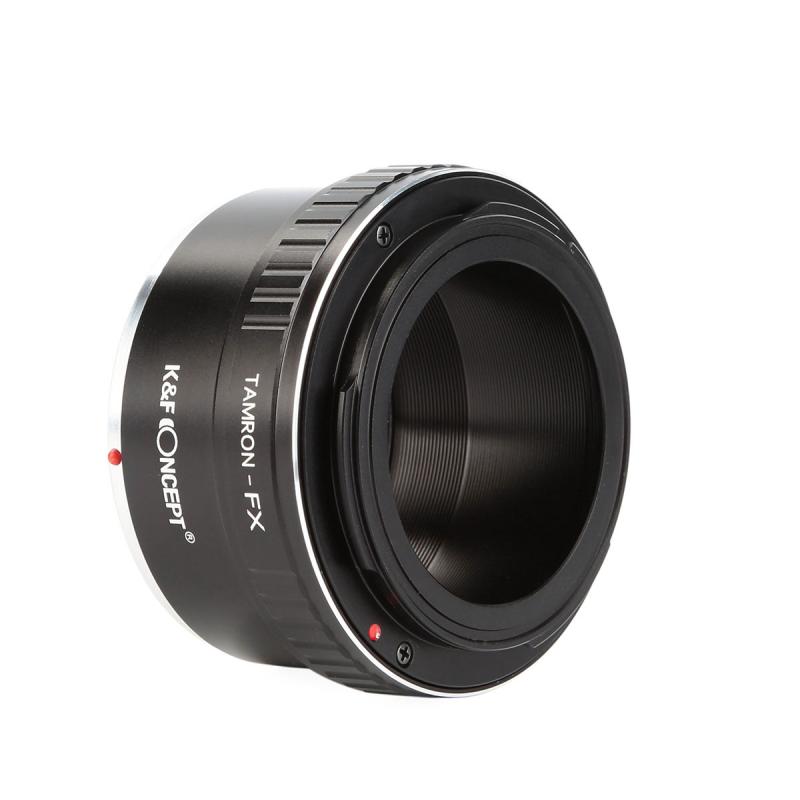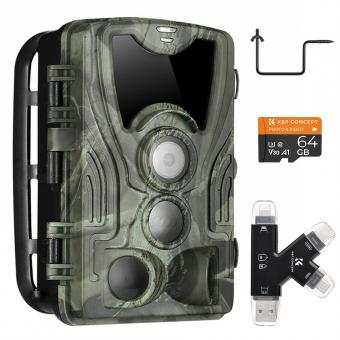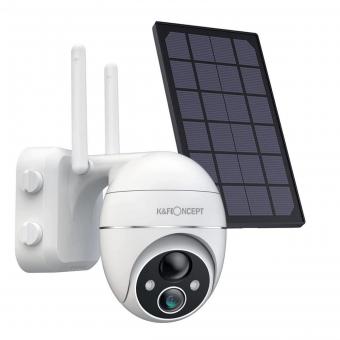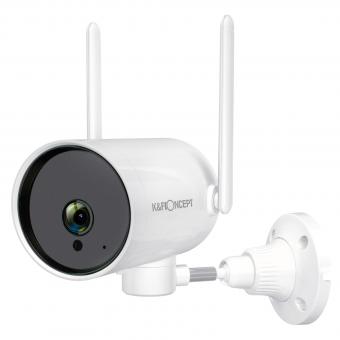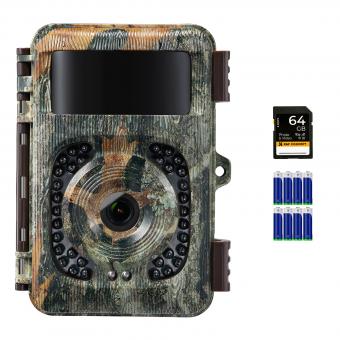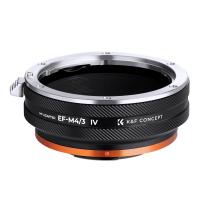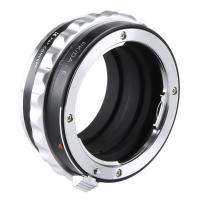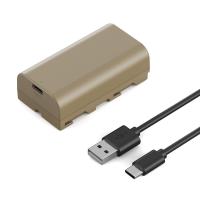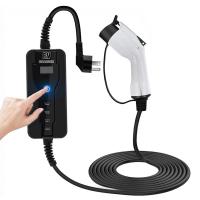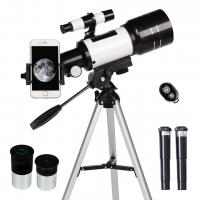How To Setup Wifi Camera At Home ?
To set up a WiFi camera at home, first, choose a suitable location for the camera where it can capture the desired area. Ensure that the camera is within range of your WiFi network. Next, connect the camera to a power source using the provided power adapter. Then, download the camera's corresponding mobile app or software onto your smartphone or computer. Open the app and follow the on-screen instructions to connect the camera to your WiFi network. Typically, this involves selecting your network from a list and entering the password. Once connected, you can customize the camera's settings, such as motion detection or recording preferences, through the app. Finally, mount the camera securely in its desired location, ensuring it has a clear view of the area you want to monitor.
1、 Selecting the right WiFi camera for your home security.
Selecting the right WiFi camera for your home security is crucial in ensuring the safety and protection of your property. With the advancements in technology, WiFi cameras have become increasingly popular due to their convenience and ease of installation. Here are some key points to consider when setting up a WiFi camera at home.
Firstly, determine your specific security needs. Are you looking for indoor or outdoor surveillance? Do you need a camera with night vision capabilities? Understanding your requirements will help you narrow down your options and choose the most suitable camera for your home.
Next, consider the camera's resolution and field of view. Higher resolution cameras provide clearer images, allowing you to identify details more easily. Additionally, a wider field of view ensures that more areas are covered, reducing blind spots.
Another important factor to consider is the camera's connectivity and compatibility. Ensure that the camera is compatible with your home's WiFi network and that it can be easily integrated with your existing security system or smartphone app. This will allow you to monitor your home remotely and receive real-time alerts.
Furthermore, consider the camera's storage options. Some cameras offer cloud storage, while others have built-in SD card slots. Cloud storage provides the advantage of accessing footage from anywhere, while SD cards offer a more cost-effective solution.
Lastly, consider the camera's additional features such as motion detection, two-way audio, and pan-tilt-zoom capabilities. These features enhance the camera's functionality and provide added convenience and security.
In conclusion, selecting the right WiFi camera for your home security involves considering factors such as resolution, field of view, connectivity, storage options, and additional features. By carefully evaluating your needs and researching the latest advancements in WiFi camera technology, you can ensure that your home is well-protected and secure.
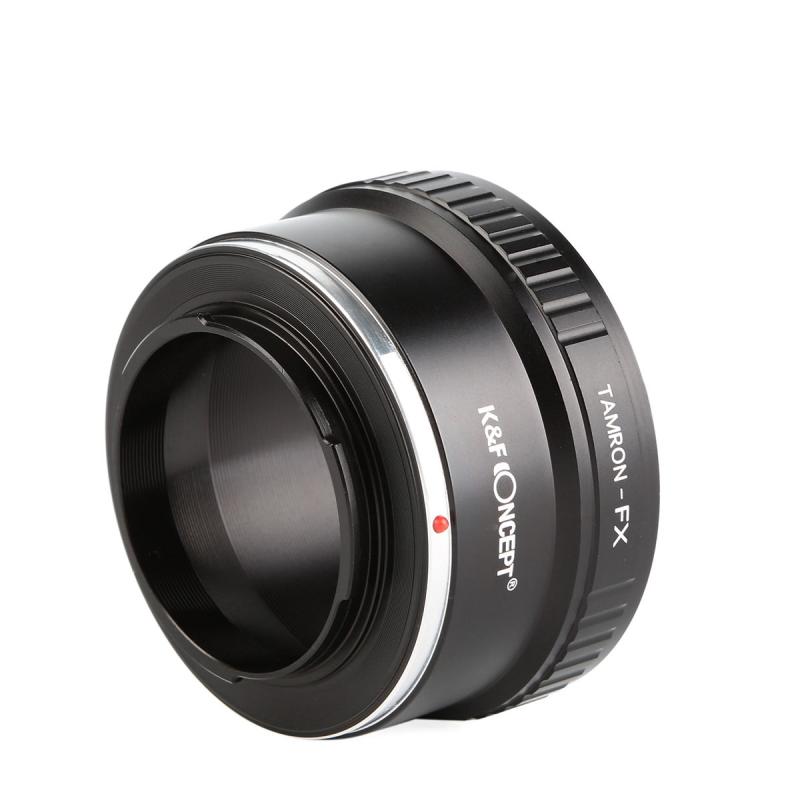
2、 Setting up the WiFi connection for your camera.
Setting up a WiFi camera at home has become increasingly popular as technology advances and home security becomes a top priority for many individuals. The process of setting up a WiFi camera may vary depending on the brand and model you choose, but the general steps remain the same.
Firstly, ensure that your WiFi camera is compatible with your home network. Most WiFi cameras support the 2.4GHz frequency, so make sure your router is broadcasting on this frequency. Next, connect the camera to a power source using the provided power adapter. Once powered on, follow the manufacturer's instructions to connect the camera to your WiFi network.
Typically, this involves downloading a mobile app provided by the camera manufacturer and creating an account. Open the app and follow the on-screen instructions to add the camera to your account. This usually involves scanning a QR code or entering a unique camera ID. Once the camera is added, you will be prompted to connect it to your WiFi network. Select your network from the list and enter the password when prompted.
After successfully connecting the camera to your WiFi network, you can customize the camera settings through the mobile app. This may include adjusting motion detection sensitivity, setting up alerts, or configuring recording options. Some cameras also offer cloud storage options for storing recorded footage.
It is important to note that the latest point of view in setting up WiFi cameras at home is the emphasis on security. With the rise in cyber threats, it is crucial to take steps to secure your WiFi camera. This includes regularly updating the camera's firmware, using strong and unique passwords, and enabling two-factor authentication if available. Additionally, consider placing the camera in a secure location to prevent physical tampering.
In conclusion, setting up a WiFi camera at home involves connecting it to your WiFi network through a mobile app provided by the manufacturer. Ensure compatibility, follow the instructions, and customize the settings as desired. Remember to prioritize security by updating firmware, using strong passwords, and placing the camera in a secure location.
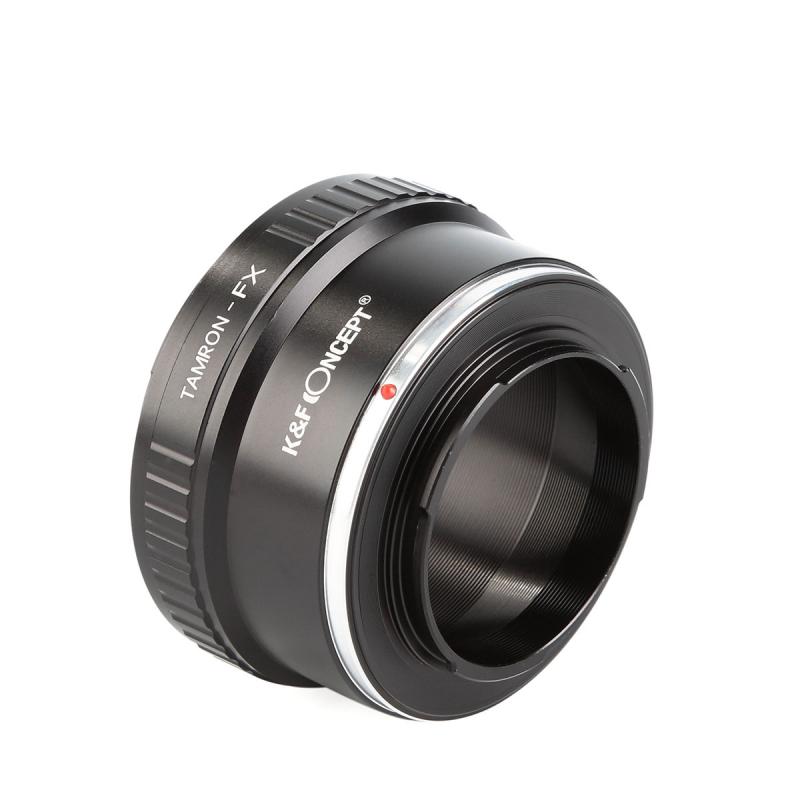
3、 Mounting and positioning the camera for optimal coverage.
To set up a WiFi camera at home, there are a few steps you need to follow. First, choose a suitable location for the camera. Consider areas that require surveillance, such as entry points, hallways, or the backyard. Once you have decided on the location, you can proceed with mounting and positioning the camera for optimal coverage.
Start by ensuring that the camera is placed at a height that provides a clear view of the area you want to monitor. Mount the camera securely using screws or brackets, ensuring it is stable and won't be easily tampered with. It's also important to position the camera in a way that minimizes obstructions, such as trees or walls, which could hinder the camera's field of view.
Additionally, consider the camera's angle and tilt. Adjust the camera so that it captures the desired area without any blind spots. You may need to experiment with different angles to find the optimal position. Some cameras come with a mobile app that allows you to remotely adjust the camera's position, making it easier to find the best angle.
Furthermore, ensure that the camera is within range of your WiFi network. If the signal is weak, consider using a WiFi extender or positioning the camera closer to the router. This will help maintain a stable connection and prevent any interruptions in the camera feed.
Lastly, don't forget to set up the camera's software or app on your smartphone or computer. Follow the manufacturer's instructions to connect the camera to your WiFi network and configure any additional settings, such as motion detection or recording schedules.
In conclusion, setting up a WiFi camera at home involves mounting and positioning the camera for optimal coverage. By carefully selecting the location, adjusting the angle, and ensuring a stable WiFi connection, you can effectively monitor your home and enhance its security.
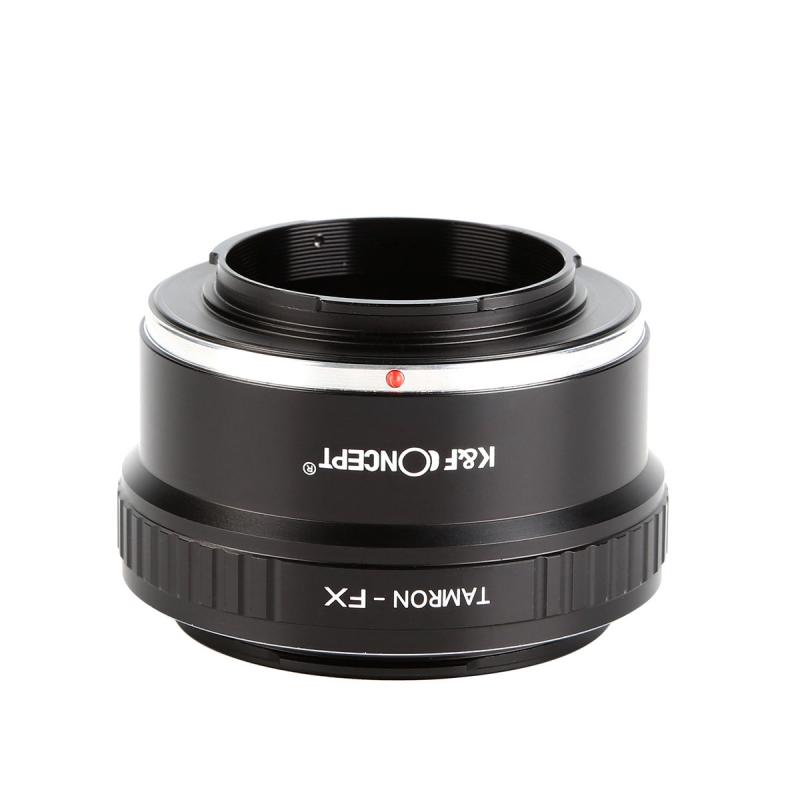
4、 Configuring camera settings and features for desired functionality.
To set up a WiFi camera at home, follow these steps:
1. Choose the right camera: Select a WiFi camera that suits your needs, such as a security camera or a baby monitor. Ensure it has WiFi connectivity and supports the features you desire.
2. Install the camera: Decide on the location for your camera, ensuring it has a power source nearby. Mount the camera securely using screws or adhesive. Make sure it has a clear view of the area you want to monitor.
3. Connect to WiFi: Power on the camera and follow the manufacturer's instructions to connect it to your home WiFi network. Typically, this involves accessing the camera's settings through a mobile app or web interface and entering your WiFi network credentials.
4. Configure camera settings: Once connected, access the camera's settings to customize its functionality. This may include adjusting motion detection sensitivity, setting up alerts, or enabling night vision. Some cameras also offer advanced features like two-way audio or pan-tilt-zoom capabilities.
5. Test and monitor: After configuring the camera, test its functionality to ensure it is working properly. Monitor the camera's feed through the manufacturer's app or website to ensure it provides the desired view and captures footage as expected.
It's worth noting that the latest advancements in WiFi cameras include integration with smart home systems and voice assistants. This allows you to control and monitor your camera using voice commands or through a centralized smart home hub. Additionally, some cameras now offer AI-powered features like facial recognition or object detection, providing more advanced security and convenience.
